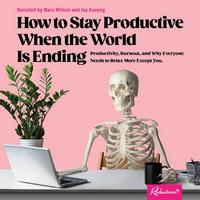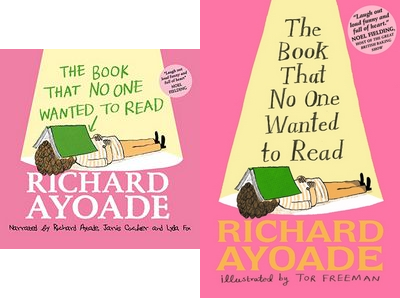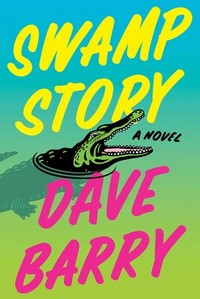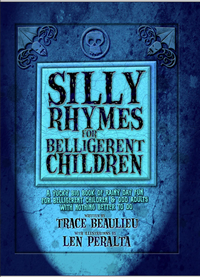 Silly Rhymes for Belligerent Children:
Silly Rhymes for Belligerent Children:
A Yucky Big Book of Rainy Day Fun for Belligerent
Children & Odd Adults
with Nothing Better To Do
by Trace Beaulieu, Len Peralta (Illustrator)
DETAILS: Publisher: Amorphous Productions Publication Date: January 1, 2010 Format: Paperback Length: 45 pg. Read Date: July 13, 2023

What’s Silly Rhymes for Belligerent Children?
The back of the book says:
You certainly don’t need to be a belligerent child to appreciate these silly rhymes by Mystery Science Theater 3000’s and Cinematic Titanic’s Trace Beaulieu – but you may learn a thing or two about handling infected pets or living dangerously through sledding. While the subject matter may make you a bit queasy, you’ll delight in the perfect storytelling encapsulated in each poem. Each selection is a dark and distasteful delight – a fascinating collection of raw honesty, cool understatement and looming tragedy, all brought to life by the whimsical illustrations by Len Peralta. Silly Rhymes for Belligerent Children isn’t the book you’ll keep on the bookcase for decades. It’s the book you’ll keep under your bed within easy reach so you can page through it long after you’ve committed all the poems to memory.
That’s pretty much what the book is—in the forward/Author’s Note, Beaulieu says these poems were inspired by daydreaming, and what better source could there be?
Well, these rhymes are meant for the kind of child I was, and frankly still am.
So don’t come here looking for nice little poems with fuzzy-wuzzy pictures of fluffy cute animals or impossibly happy youngsters fetching pails of water.
This book is intended for kids who hate that kind of stuff: older kids, of course, and adults with… well nothing better to do.
Some are short…some are longer (at least when it comes to page count), they’re all a great mixture of fun rhymes, great images, and eccentric (to say the least) ideas. Some are morbid (in a kid-friendly way), some are just strange, some are gross (in a kid-friendly way).
My One Complaint
There aren’t enough poems.
Or illustrations.
Or anything else.
I want more of everything in this book.
A Quick Word about the Art
WOW. The art is fantastic. Can you go through this book, ignore all the words in black type, and still enjoy it? Probably—some of the pictures won’t make sense without the black text, but yeah, I can see the book working if you think of it as a collection of odd illustrations (I’ve tried this twice, but keep slipping and ended up reading the poems, so I can’t promise).
They are the perfect augment/supplement/accompaniment to Beaulieu’s quirky rhymes and sensibilities.
So, what did I think about Silly Rhymes for Belligerent Children?
This is just silly fun. I, apparently, am an odd adult with nothing better to do, because I’ve read this a handful of times from cover to cover in the last few months and am pleased I did so each time.
You know how there are certain movies/shows that when you’re just mindlessly flipping through the channels (assuming you still do that) you have to stop and watch for at least a few minutes? This book is kind of like that. I cannot tell you how many times since I first read it that I’ve stopped to read a poem or two when I see this book. I’ve yet to pick it up without reading at least three poems. Generally more. And not always the same ones, either.
From the poems to the illustrations and all points in-between, I had a blast with this. I wish I knew about this back when it was first published, my kids would’ve loved it then. I probably can’t get them to slow down enough for it now. Hopefully in a few years.
Track down a copy and lose yourself in these pages. Your inner child (and inner odd-adult) will thank you.

![]()


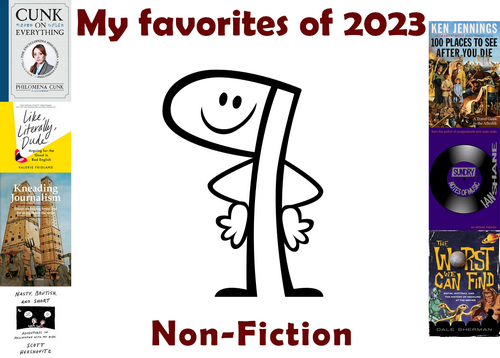
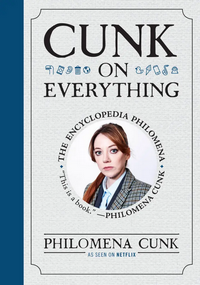

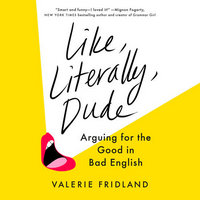
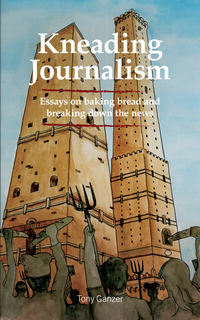
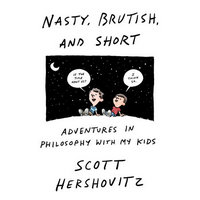

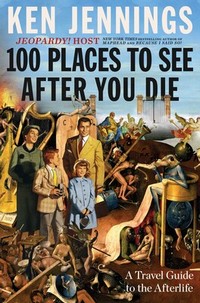

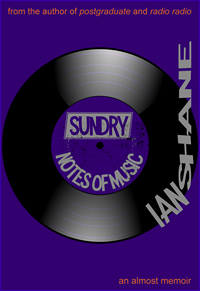
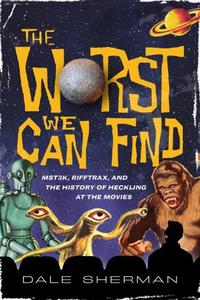
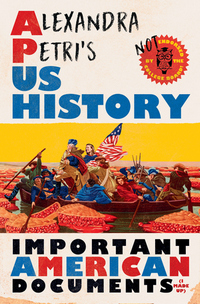

 The pacing is a bit odd—the “H” entries are around the fifty percent mark—I’ve come up with a dozen half-baked ideas/theories/jokes to explain it. It really doesn’t matter, but I thought it was odd. I don’t care—but it was something I noticed.
The pacing is a bit odd—the “H” entries are around the fifty percent mark—I’ve come up with a dozen half-baked ideas/theories/jokes to explain it. It really doesn’t matter, but I thought it was odd. I don’t care—but it was something I noticed.
